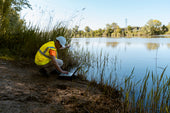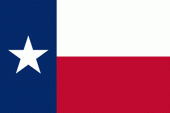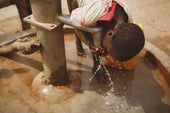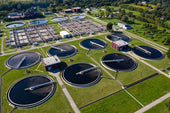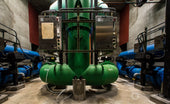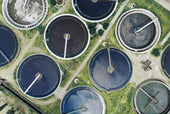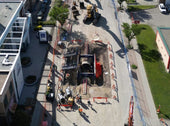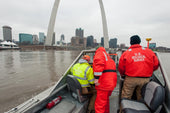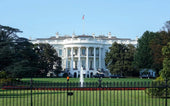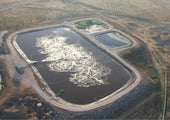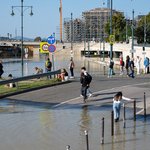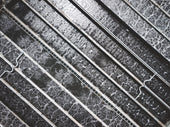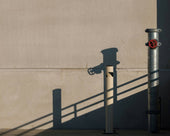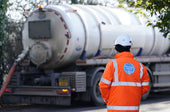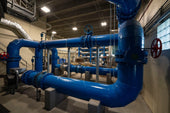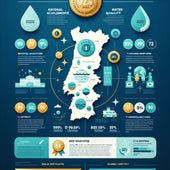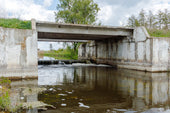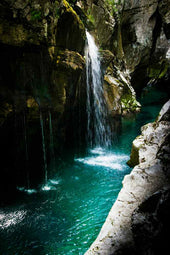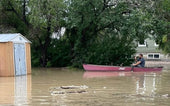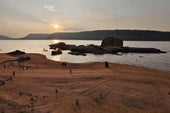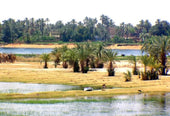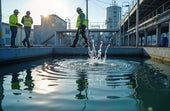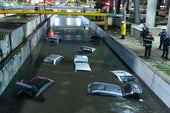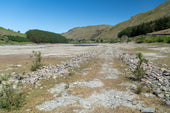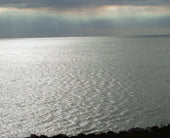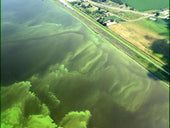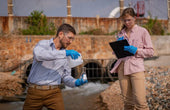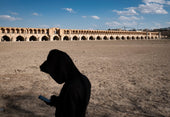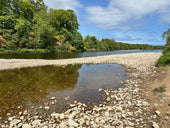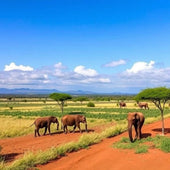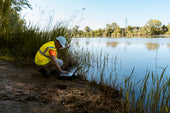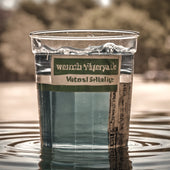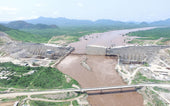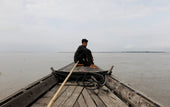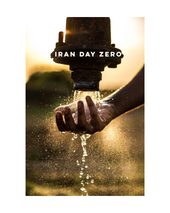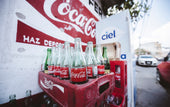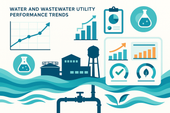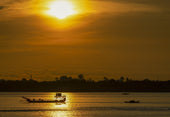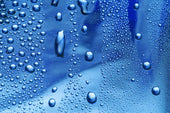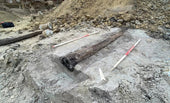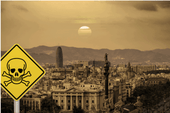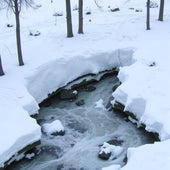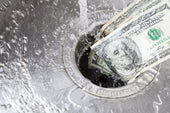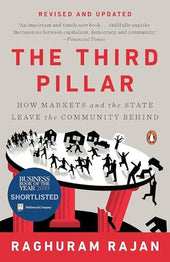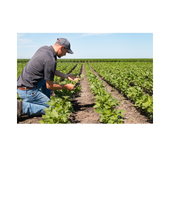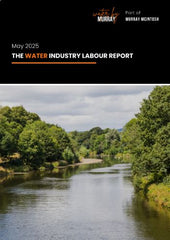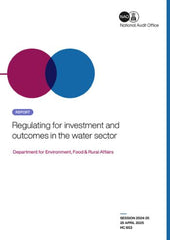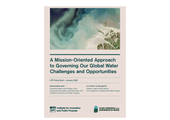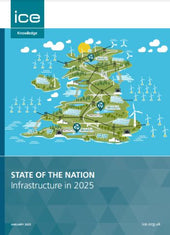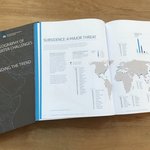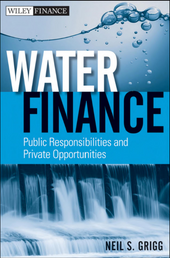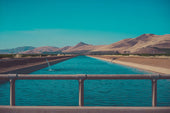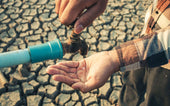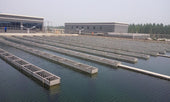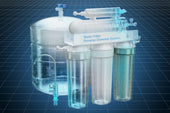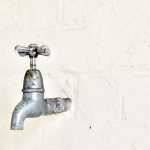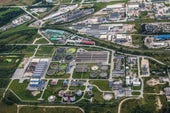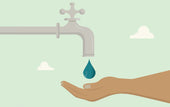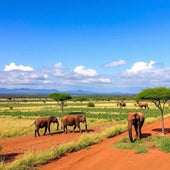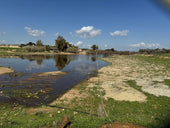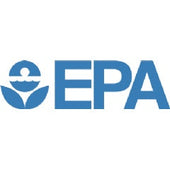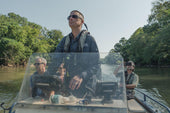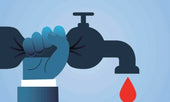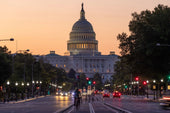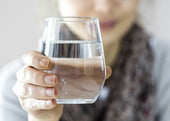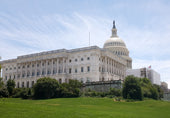
Brazil may face water scarcity by 2050
Demand for drinking water is expected to increase by more than 25% by 2050, driven by population growth, urbanization, and global warming (Fred Santana/CENARIUM)
October 31, 2025
By Fred Santana – From Cenarium
MANAUS (AM) – The question that guides the new study by the Instituto Trata Brasil, in partnership with EX ANTE Consulting, is straightforward: Will Brazil run out of drinking water? The report, titled “Future Demand for Water in 2050: Challenges of Efficiency and Climate Change,” outlines scenarios for future water consumption in Brazilian households and warns of growing imbalances between supply and demand in the coming decades.
The report shows that by 2050, demand for drinking water is expected to rise by more than 25%, driven by population growth, urban expansion, and global warming. Although Brazil still possesses vast water resources, the combination of climate change, waste, and precarious infrastructure could lead to periodic rationing, especially in the Northeast and Midwest regions.
“The data reinforce the urgency of reducing distribution losses and planning water use sustainably, especially in areas where scarcity already exists,” said Luana Pretto, executive president of the Instituto Trata Brasil.

The Amazon and its reality
The Amazonian States, including Amazonas, appear in the study as regions with the highest per capita water availability in Brazil, thanks to the extensive hydrographic network and high rainfall levels. However, the report emphasizes that this natural abundance does not translate into universal water security due to distribution difficulties and the deficit in basic sanitation across much of the region.
In Amazonas, for instance, the average per capita water consumption is below the national average, a reflection of low urbanization and limited access to water supply systems in several municipalities. In Manaus, the largest city in northern Brazil, population growth and urban sprawl may increase pressure on demand, especially during prolonged dry seasons, when river levels drop and water collection costs rise.

Although the North is not among the regions at greatest risk of prolonged rationing, the study warns that climate change may indirectly affect the Amazon, with rising average temperatures and fewer rainy days in certain areas. This could alter rainfall patterns and compromise the regularity of urban water supply.
“The Amazon still holds a large share of the world’s surface freshwater, but faces severe structural challenges in ensuring universal and continuous access to treated water,” the document states.


What influences water consumption
With over 200 million inhabitants and a territory of 8.5 million km², Brazil shows distinct consumption patterns across its regions. According to the study, the level of urbanization is one of the most decisive factors: for every one-percentage-point increase in the urban population, water consumption grows by 0.96%.
Temperature also plays a major role. Hotter cities consume more water, for every 1°C increase, demand rises by 24.9%. Relative humidity has a similar effect: every one-percentage-point increase leads to a 3.6% rise in consumption. Another key factor is precipitation: municipalities with more rainy days have a per capita water supply up to 17.4% higher than those that face prolonged droughts.
These variations help explain why coastal and tropical cities with high humidity and regular rainfall record higher consumption compared to semi-arid regions, where low precipitation limits water availability. “Climatic and economic factors shape consumption patterns very unevenly across the country,” the report observes.
Current consumption and growth by 2050
According to the National Sanitation Information System (SINISA), in 2023 Brazil consumed 10.7 billion cubic meters of water, equivalent to 175 liters per person per day, including distribution losses. If the entire population had access to water supply, the volume required would be 13 billion m³, about 30% higher than current consumption.
The universalization of sanitation services, along with economic and population growth, is among the main causes projected for the increase in demand over the coming decades. The study’s scenario indicates that average daily consumption will rise to around 205 liters per person by 2033, stabilize between 2040 and 2050, and reach an accumulated growth of 25.3% by the end of the period.
Despite this increase, the report estimates that the additional water production needed to meet the 2050 population’s demand will be 10.6 billion m³, nearly 60% more than in 2023.
The solution lies in reducing losses. Today, Brazil’s average water loss rate is 40%, representing more than 7 billion m³ of treated water lost every year — a volume sufficient to cover the projected additional demand. “If losses are reduced to 25%, it will be possible to relieve pressure on water sources and reduce the need for new withdrawals,” the report highlights.

The impact of climate change
Global warming is expected to further worsen the situation. The climate model used in the study projects an increase of 1°C in maximum temperature and 0.47°C in minimum temperature by 2050, with fewer rainy days and more intense, concentrated rainfall. These changes are projected to raise consumption by an additional 12.4%, requiring 3.5 billion m³ more annual production if losses remain at current levels.
Beyond increased demand, the risk of water imbalance is growing. An average 3.4% reduction in water availability is expected throughout the year, which could lead to 12 days of water rationing annually in Brazilian cities. In already vulnerable areas, such as parts of the Northeast and Midwest, rationing could exceed 30 days per year.
“Climate trends indicate restricted water supply due to scarcity in our sources. In places already facing shortages, the situation could worsen significantly,” warned Luana Pretto.
A possible future
The study concludes that while Brazil is unlikely to “run out” of drinking water, the risk of local and intermittent shortages will grow if investments in infrastructure, waste reduction, and climate adaptation do not advance.
For the Instituto Trata Brasil, the challenge is both political and technical. Ensuring water for all by 2050 will require planning, efficient management, and strong commitment from governments and private sector entities.
“It’s essential to act now to improve efficiency and prepare the country for the climate challenges of the coming years,” emphasized Pretto.

